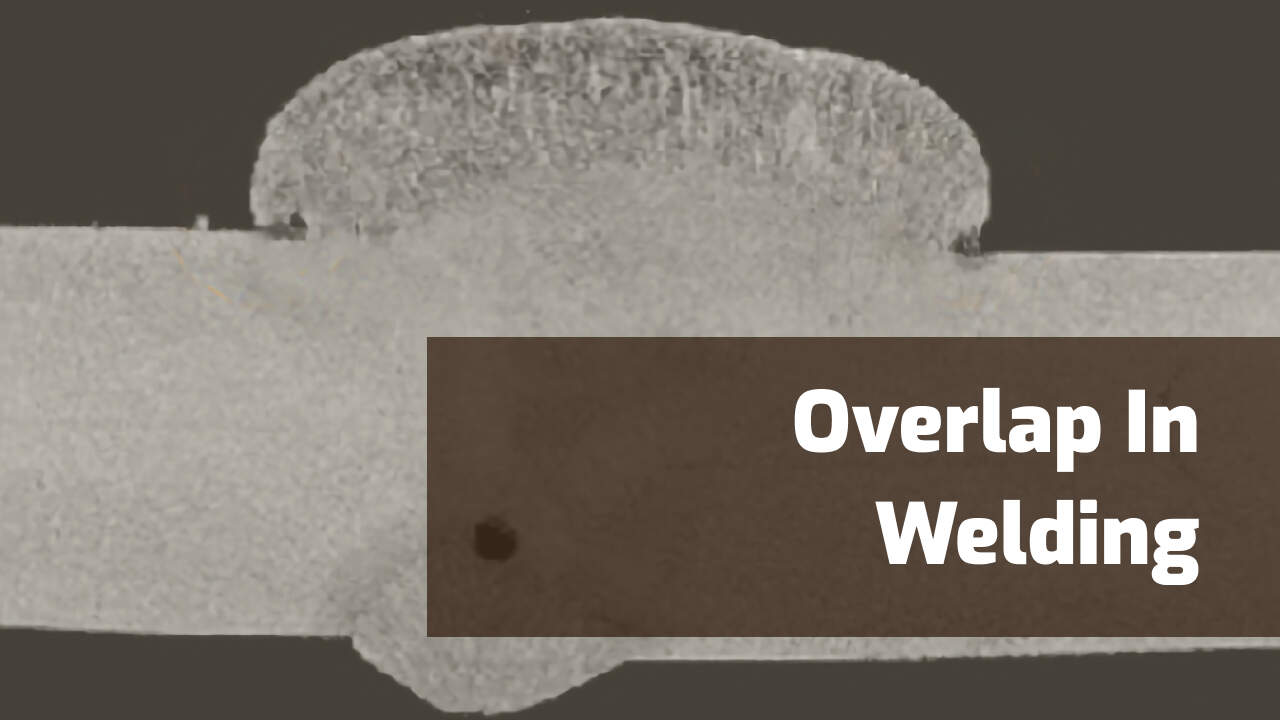Specialist Techniques for Preventing Weld Undercut Successfully
Specialist Techniques for Preventing Weld Undercut Successfully
Blog Article
Grasping the Art of Welding: Exactly How to Stay Clear Of Undercut Welding Issues for Flawless Fabrication Results
Efficiency and precision are critical in the world of welding, where also the least flaw can endanger the structural honesty of a fabricated piece. One common challenge that welders face is undercutting, a flaw that can damage a weld joint and lead to pricey rework. By understanding the origin creates of undercut welding and implementing efficient techniques to prevent it, welders can boost their craft to new degrees of excellence (Preventing weld undercut). In the quest of remarkable construction outcomes, mastering the art of welding to prevent undercut concerns is not simply a skill however a requirement for those pursuing excellence in their job.
Understanding Undercut Welding
To stop undercut welding, welders must make sure proper welding criteria, such as readjusting the existing, voltage, travel rate, and keeping the right electrode angle. Furthermore, using the proper welding method for the certain joint arrangement is essential. Utilizing weaving movements or backstepping techniques can aid make certain proper weld metal deposition and decrease the probability of undercut development. Routine examination of welds during and after the welding process is also crucial to capture any type of undercut very early and make necessary adjustments to avoid more defects. Preventing weld undercut. By comprehending the sources of undercut welding and carrying out preventive procedures, welders can attain top notch, structurally sound welds.
Reasons For Undercut in Welding
Recognizing the factors that add to damage in welding is necessary for welders to produce top notch, structurally sound welds. When the weld steel does not correctly load the groove developed between the base steel and the previously deposited weld steel, damaging occurs. A number of elements can bring about damage in welding. One common reason is extreme warm input. Welding at high temperature levels for prolonged durations can cause the base steel melting greater than wanted, causing undercut. Poor welding wrong or existing welding rate can likewise add to damage. Not enough current may not supply enough heat to thaw the base and filler metals properly, while too much rate can avoid proper blend, creating undercut. In addition, improper electrode angles or incorrect torch control strategies can create areas of low weld metal deposition, promoting undercut. Comprehending these reasons and executing proper welding techniques can help prevent undercutting concerns, making certain long lasting and strong welds.
Methods to avoid Undercutting

To reduce the risk of damaging in welding, welders can employ strategic welding methods targeted at improving the top quality and honesty of the weld joints. One reliable approach is to change the welding parameters, such as voltage, current, and take a trip rate, to ensure appropriate heat input and deposition. Preserving a suitable electrode angle and making certain consistent traveling speed can additionally aid stop undercut. In addition, using the right welding method for the specific joint arrangement, such as weave or stringer grains, can contribute to decreasing damaging. Preventing weld undercut.
Furthermore, appropriate joint prep work, including making certain tidy base products devoid of contaminants and utilizing the suitable welding consumables, is vital in protecting against undercut flaws. Employing back-step welding methods and controlling the weld bead profile can additionally assist disperse warm evenly and minimize the danger of undercut. Normal assessment of the weld joint during and after welding, as well as applying high quality assurance steps, can assist in dealing with and discovering undercutting problems immediately. By implementing these strategies carefully, welders can attain remarkable construction results with minimal undercut problems.
Value of Proper Welding Specifications
Choosing and maintaining appropriate welding criteria is necessary for attaining effective welds with very little problems. Welding parameters describe variables such as voltage, existing, take a trip rate, electrode angle, and securing gas circulation price that directly affect the welding process. These parameters need to be thoroughly changed based on the kind of material being welded, its thickness, and the welding strategy employed.
Correct welding criteria make sure the best quantity of heat is used to melt the base metals and filler material uniformly. If the parameters are set expensive, it can bring about too much warm input, triggering spatter, distortion, or burn-through. On the other hand, if the parameters are as well reduced, incomplete fusion, absence of penetration, or damaging may happen.
Top Quality Assurance in Welding Operations

Conclusion
Finally, mastering the art of welding calls for a thorough understanding of undercut welding, its causes, and strategies to avoid it. By guaranteeing appropriate welding criteria and executing quality control methods, perfect manufacture results can be attained. It is important for welders to consistently aim for excellence in their welding procedures to check it out prevent undercut concerns and generate top notch welds.
Undercut welding, a typical issue in welding processes, occurs when the weld metal doesn't properly fill up the groove and leaves a groove or anxiety along the bonded joint.To protect against undercut welding, welders need to guarantee correct welding specifications, such as adjusting the existing, voltage, travel speed, and keeping the correct electrode angle. Inadequate welding existing or inaccurate welding rate can also contribute to undercut.To reduce the danger go to my site of undercutting in welding, welders can employ critical welding methods intended at improving the top quality and honesty of the weld joints.In conclusion, mastering the art of welding requires an extensive understanding of undercut welding, its reasons, and techniques to prevent it.
Report this page